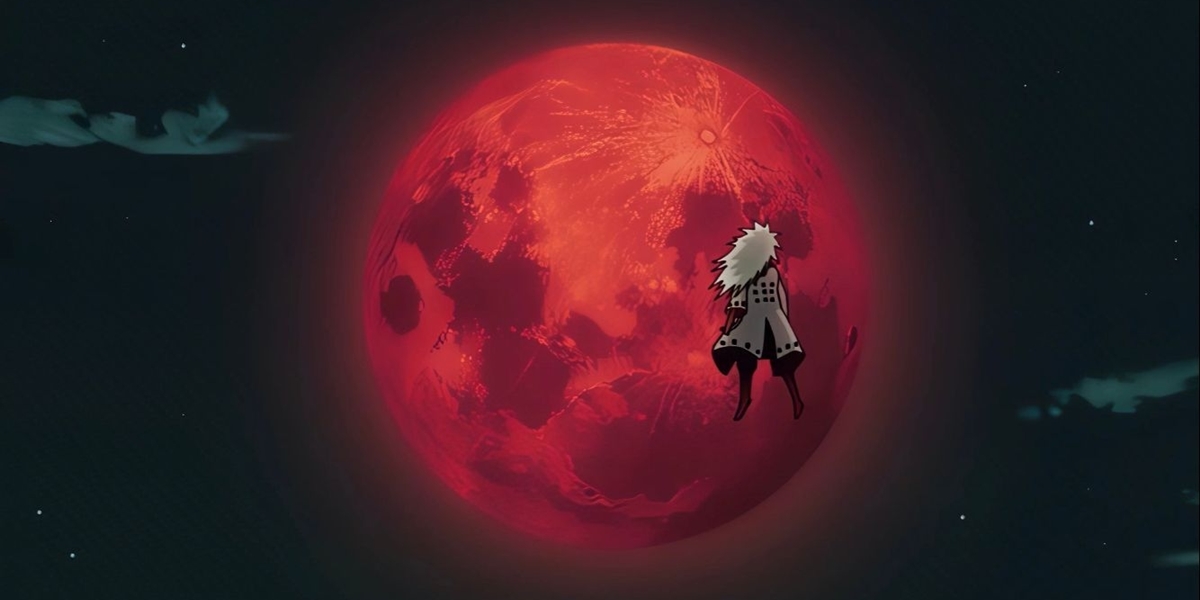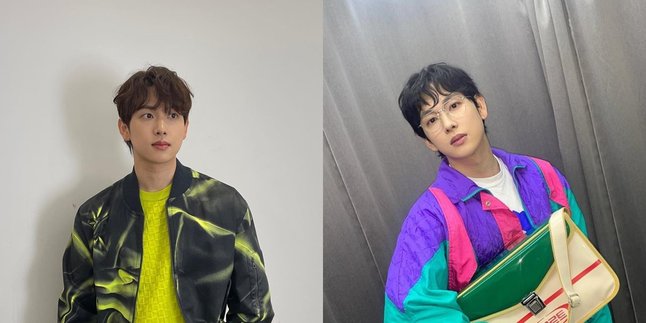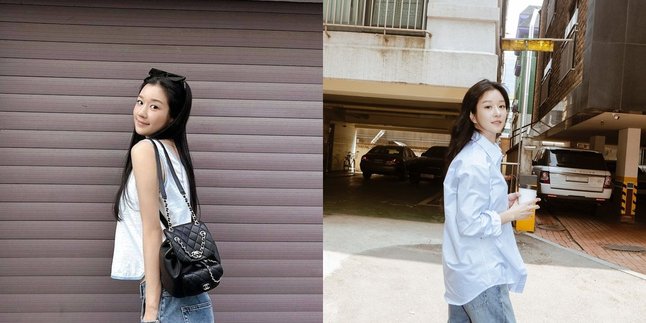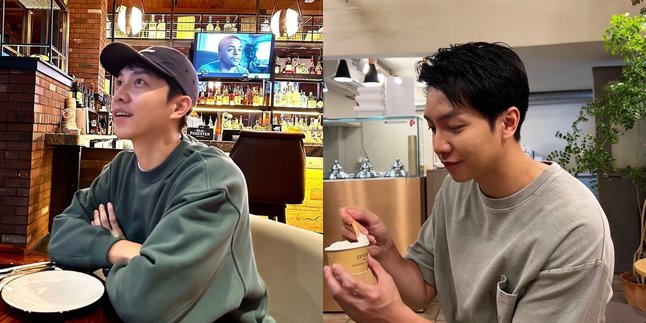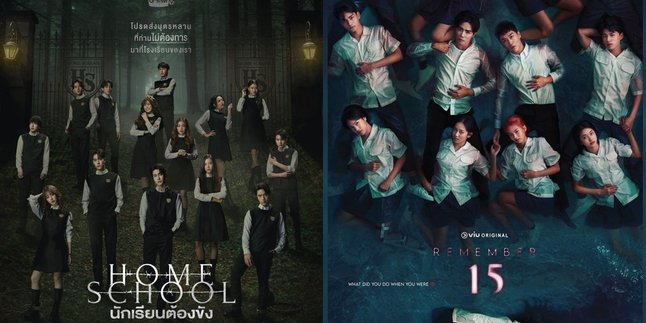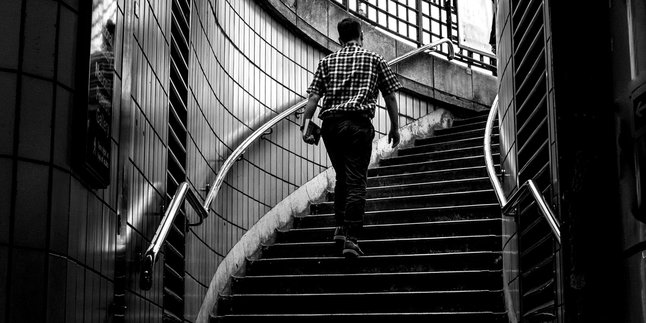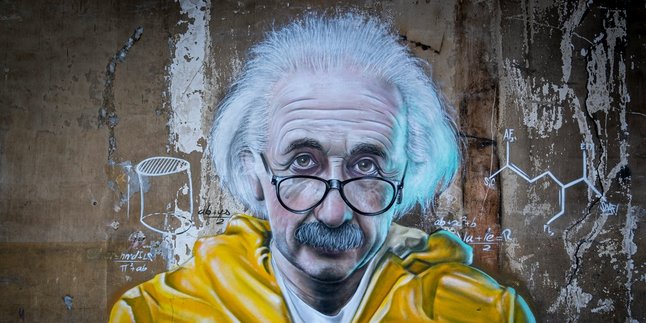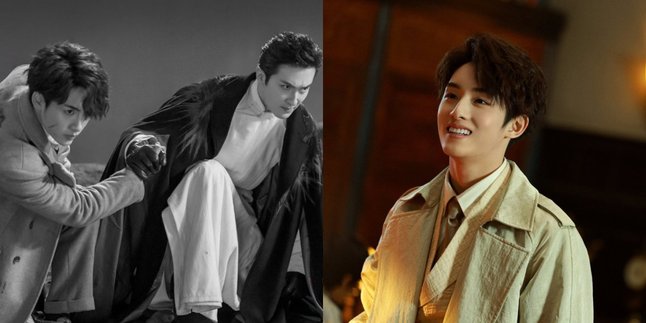Kapanlagi.com - KLovers, do you know what the Japanese word for full moon is? The full moon has long been a source of inspiration and admiration in Japanese culture. Since ancient times, the people of the Land of the Cherry Blossom have developed various expressions and traditions related to this amazing natural phenomenon.
From classical poetry to seasonal festivals, the Japanese language for the full moon plays an important role in the spiritual and cultural life of Japan. In this article, Kapanlagi will provide an explanation of the Japanese expression for the full moon, as well as delve into the history and legends that have been widely spread in society since ancient times.
Curious? Let's take a look at the explanation of the Japanese expression for the full moon, while uncovering the long journey of the relationship between the Japanese people and the full moon. Let's check it out, KLovers!
1. Japanese Language Expressions of the Full Moon
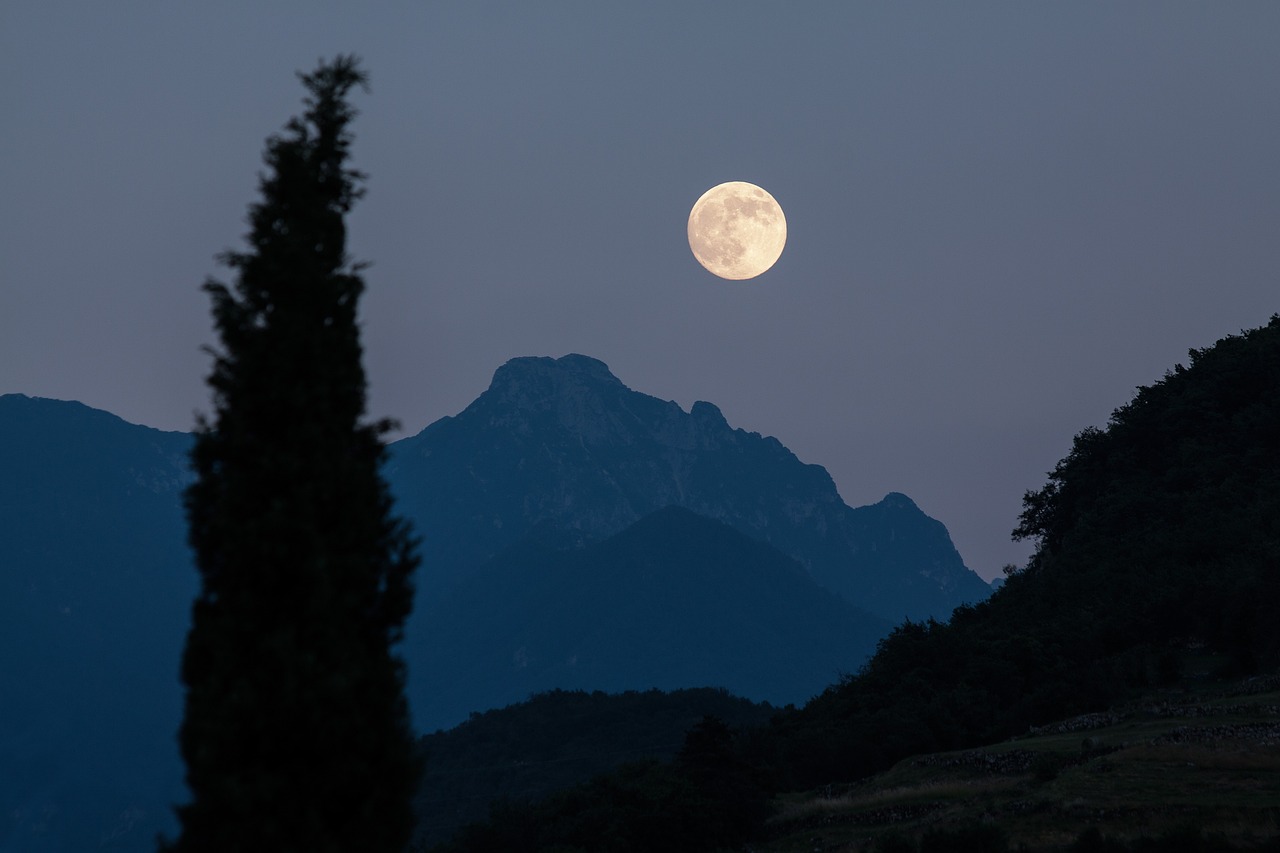
Illustration (credit: pixabay.com)
In Japanese, the full moon is called "Mangetsu". This term consists of two kanji: "man" which means "full" and "getsu" which means "moon". However, the understanding and appreciation of the full moon in Japanese culture is much deeper than just this term.
The full moon has a strong cultural significance, often associated with celebrations and traditional poetry. For example, the Tsukimi festival or moon-viewing celebration is usually held during the full moon in autumn. Additionally, there are several other poetic terms.
These terms to describe the full moon include "mochizuki" which literally means "full moon", or "juugoya" which refers to the 15th night of the lunar month when the moon is usually full. The beauty of the full moon often serves as inspiration in Japanese art and literature, reflecting the deep relationship between nature and culture in Japanese society.
2. History and Legends in Local Culture
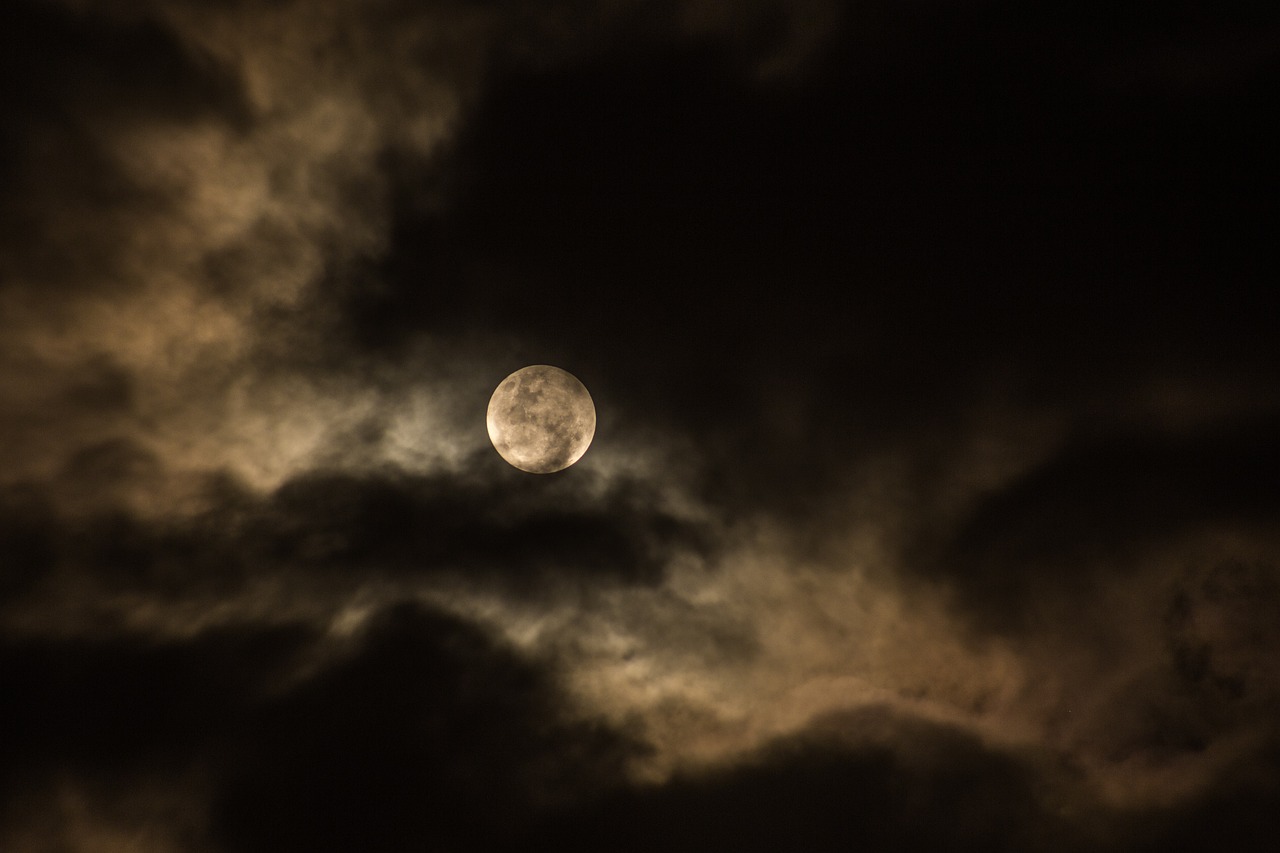
Illustration (credit: pixabay.com)
After learning the Japanese word for full moon, KLovers can also discover the history and legends that are spread throughout society. The full moon holds a very special place in Japanese culture and history. The beauty and mystery of the moon have long been a source of inspiration for Japanese art, literature, and traditions for centuries.
The history and legends of the full moon in Japanese culture reflect the deep relationship between the Japanese people and nature, as well as seasonal changes. It shows how elements of nature can influence and shape cultural traditions over the centuries, creating a rich legacy that continues to thrive to this day.
In addition to knowing the Japanese term for full moon, here is a complete explanation of the history and legends of the full moon in Japanese culture:
1. The Origins of Moon Worship
Worship of the moon in Japan is rooted in the influence of ancient China. During the Nara period (710-794), the practice of moon viewing (tsukimi) began to gain popularity among the Japanese nobility. This was initially a Taoist practice that later evolved into a broader cultural tradition.
2. Tsukimi Festival
One of the most famous traditions related to the full moon is the Tsukimi festival. This festival is usually celebrated on the 15th night of the eighth lunar month (around September or October). People gather to observe the moon, enjoy special foods like dango (rice dumplings) and taro, and read poetry.
3. The Moon Rabbit Legend
In Japanese mythology, the moon is often associated with a rabbit. According to legend, the dark shapes on the surface of the moon resemble a rabbit pounding mochi (rice cake). This story originates from a Chinese Buddhist legend that was adapted into Japanese culture.
4. The Moon in Classical Literature
The full moon frequently appears in classical Japanese literature. In Murasaki Shikibu's "Tale of Genji" from the 11th century, the moon is often used as a symbol of beauty, sadness, and longing. Many waka and haiku poems also use the moon as a central motif.
5. The Moon and Samurai
In samurai culture, the moon holds symbolic meaning. Many samurai meditated under the light of the full moon, considering it a time for self-reflection and spiritual contemplation.
6. Otsukimi Festival
In addition to Tsukimi, there is also the Otsukimi festival celebrated on the first full moon of autumn. This festival involves creating a special altar with offerings such as susuki (pampas grass) and seasonal foods.
7. The Moon in Visual Arts
Japanese paintings and ukiyo-e (woodblock prints) often feature scenes of the full moon. Famous artists like Hokusai and Hiroshige created beautiful works depicting the moon over the landscapes of Japan.
8.Lunar Calendar
Another history lies in the Lunar calendar; before the adoption of the Gregorian calendar, Japan used the lunar calendar where the full moon played an important role in determining dates and festivals.
9.Moon and Shinto
In Shinto belief, the moon is associated with the god Tsukuyomi. Although not as popular as the sun goddess Amaterasu, Tsukuyomi still holds an important place in Japanese mythology.
10.Modern Influence
Even though Japan has undergone rapid modernization, the tradition of moon viewing remains. Many modern Japanese people still celebrate Tsukimi, although it may be in a simpler manner compared to the past.
11.Moon in Pop Culture
The full moon also appears in anime, manga, and modern Japanese films, often as a mystical or romantic element in the stories. Until, it's no wonder that the Japanese word for full moon, "mangetsu," often appears in anime stories that deeply introduce Japanese culture.
That is the explanation about the Japanese word for full moon that KLovers can know. The Japanese full moon becomes a reflection of the eternal beauty of nature in the language, history, and society of Japan.
(kpl/dhm)
Disclaimer: This translation from Bahasa Indonesia to English has been generated by Artificial Intelligence.
